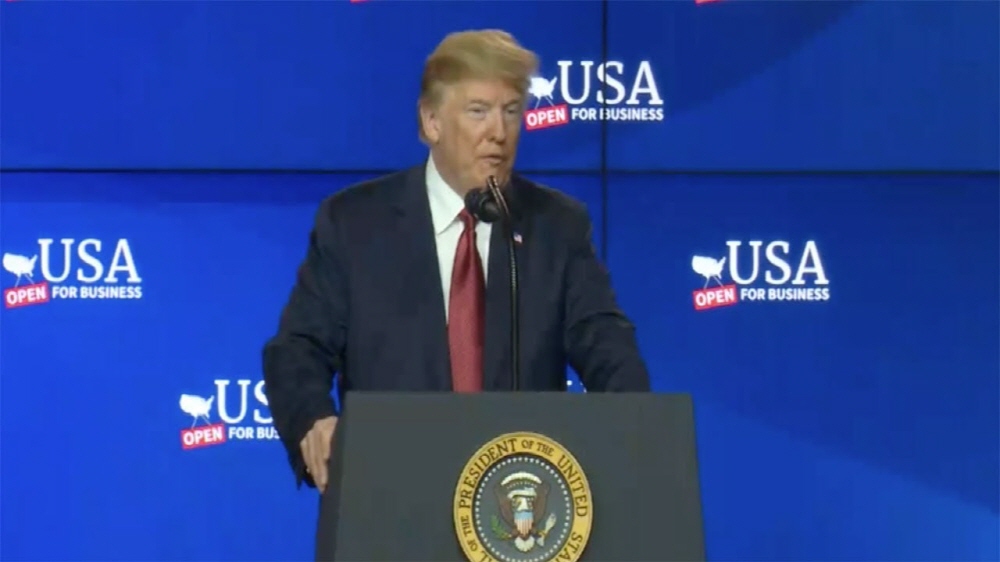
Wisconsin Governor Tony Evers said that Taiwan’s Foxconn, an iPhone supplier, will start production at a local plant next year, employing 1,500 people. This is significantly below the amount of employment that Foxconn had originally promised, and there is a difference in expectations between the US government and Foxconn.
Foxconn announced a plan to build a liquid crystal panel plant in Wisconsin with an investment of 10 billion dollars in 2017. At the time, it declared that it would employ 1,800 people to operate the plant and 13,000 people by the end of 2020. It was also acclaimed by President Trump as a symbol of the resurgence of the US manufacturing industry.
Of course, building local factories and creating jobs are not free. Former Governor Scott Walker promised Foxconn a $4 billion tax cut in return.
By the way, Foxconn hasn’t built any factories, but the state is already spending tens of millions of dollars on land acquisition and road improvements. Earlier this year, it was said that Foxconn is reviewing its factory construction plan, and said it is willing to hire engineers as a technology base rather than a factory.
As the story changed, President Trump hurriedly met with Foxconn’s CEO and issued a statement that the factory would be built as scheduled. However, it did not mention what kind of employment was planned.
Foxconn announced that it will produce small panels for tablets and smartphones instead of liquid crystal panels for large displays that were originally planned. This policy change seems to lead to fewer employment.
According to Foxconn, it is necessary to build a high-end glass factory for the production of large display panels, but Corning, based in New York, does not want to build a new factory in Wisconsin without subsidies. Of course, Wisconsin Governor Tony Evers said in an interview that the long-term goal of the project remains unchanged, but Foxconn said in February that the US labor costs were so high that importing liquid crystal panels to the US as finished products produced in China and Japan would have a higher yield. .
President Trump aims to revive the U.S. manufacturing industry, and tweets about Apple that if we want to avoid the effects of tariffs on China, we must make products in the U.S. However, Apple urged a review to move its supplier production base to Southeast Asia rather than the United States, and Foxconn announced that it would begin mass production of iPhones in India.
Even with the powerful weapon of sanctions tariffs, it may be impossible to force tech companies to act against economic principles in the end. Related information can be found here .

